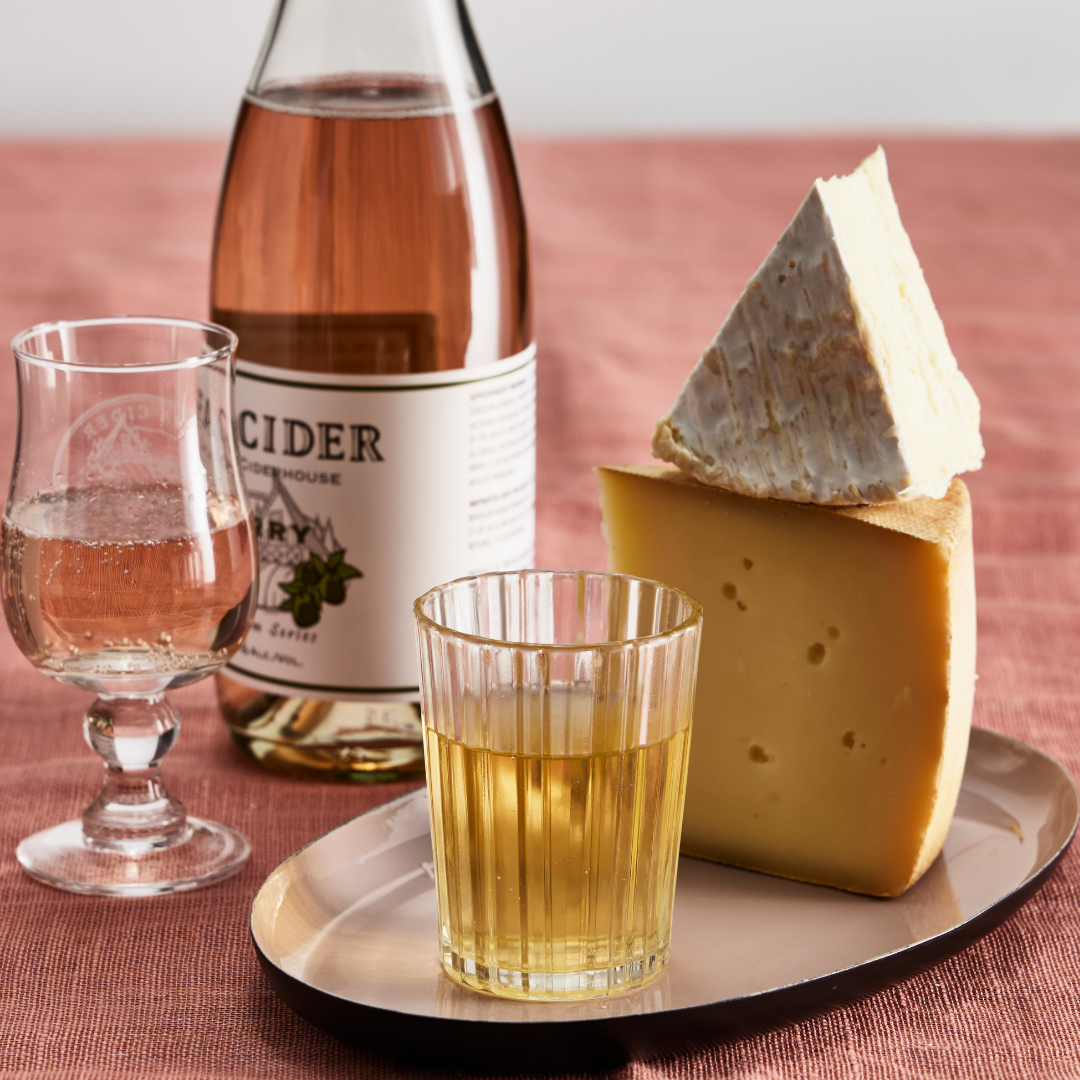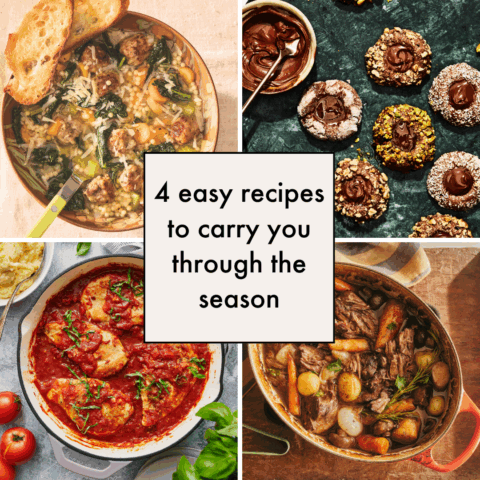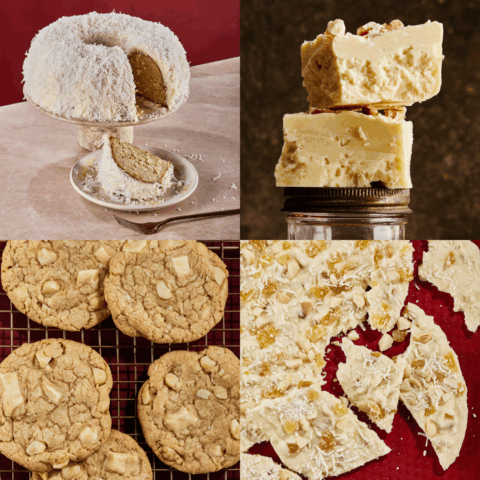“I think cider is really as complementary to cheese as wine is,” says Afrim Pristine, renowned Canadian cheese expert and co-owner of Toronto’s Cheese Boutique. Pristine – who has trained under notable cheesemakers around the world and was granted the prestigious French distinction of maître fromager in 2013 – says it all comes down to chemistry. “The biggest thing is the acid,” he says. “Cheese is fat, and cider is acid, so it cuts through a lot of that richness.”

Jeannie Dubois agrees. She’s a brewer at Dawson Trail Craft Brewery in Thunder Bay, Ont., and was the first Canadian to be certified by the American Cider Association as a “pommelier” – like a sommelier but for cider. “Cider and cheese are a naturally symbiotic pairing,” she says. “What better way to highlight the salty flavour or rich, creamy texture of a cheese than to pair it with the exact opposite?”

Five best cider and cheese pairings
1. Pair creamy Manchego cheese with fruity, off-dry ciders
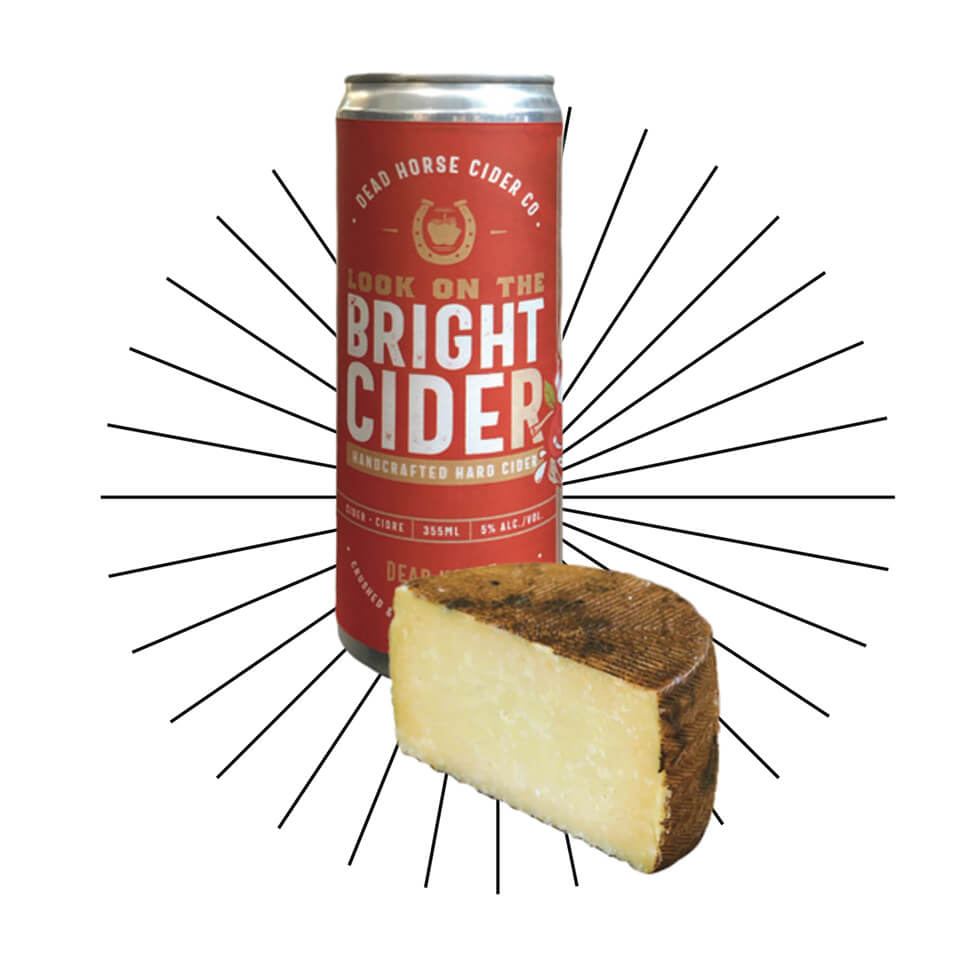
Per Pristine, a creamy Manchego provides the perfect offset to a crisp cider. Err on the younger side if you’re looking for one to pair with a cider. “When sheep-milk cheeses age, they tend to get really salty and tangy,” he explains. “A six-month Manchego – semi-firm, not too soft, not too aged – has the perfect balance of flavours to pair with a cider.” The Cheese Boutique carries an authentic Spanish six-month Manchego that’s exactly what you’re looking for.
For Dubois, a cider with a strong kick is needed to cut through Manchego’s savouriness. “To match its intensity and rich saline character, choose an off-dry cider with a round, fruity character and a hint of residual sweetness,” she says. “It will meet the crumbly savouriness of the cheese.” Something like Look on the Bright Cider, made with Manitoba prairie apples at Dead Horse Cider Co., fits the bill exactly, says Dubois.
2. Mild goat cheese pairs perfectly with pear cider

“Goat cheeses tend to be a little sour, which works well with cider,” says Pristine. He suggests looking for a younger goat cheese that has a milder aroma and flavour, which will allow the notes of the cider to shine through. His choice? The ultra-creamy La Chèvre des Alpes, but there are plenty of comparable alternatives. “You know those stark-white goat-cheese logs you find in the grocery store? Something like that works very well,” he says.
Dubois’s pick for such a cheese is a perry, which is cider made with pears. Pears have unfermentable sugar alcohols that make for a mellow cider with a residual sweetness and unique mouthfeel. “This lends itself well to pairing with a young goat cheese that has a creamy texture but a tangy presentation,” she says. Sea Cider’s Heirloom Series Perry is a dry perry made on Vancouver Island that is perfect for pairing with goat cheese.
3. Pair Gunn’s Hill 5 Brothers cheese with a heritage dry cider
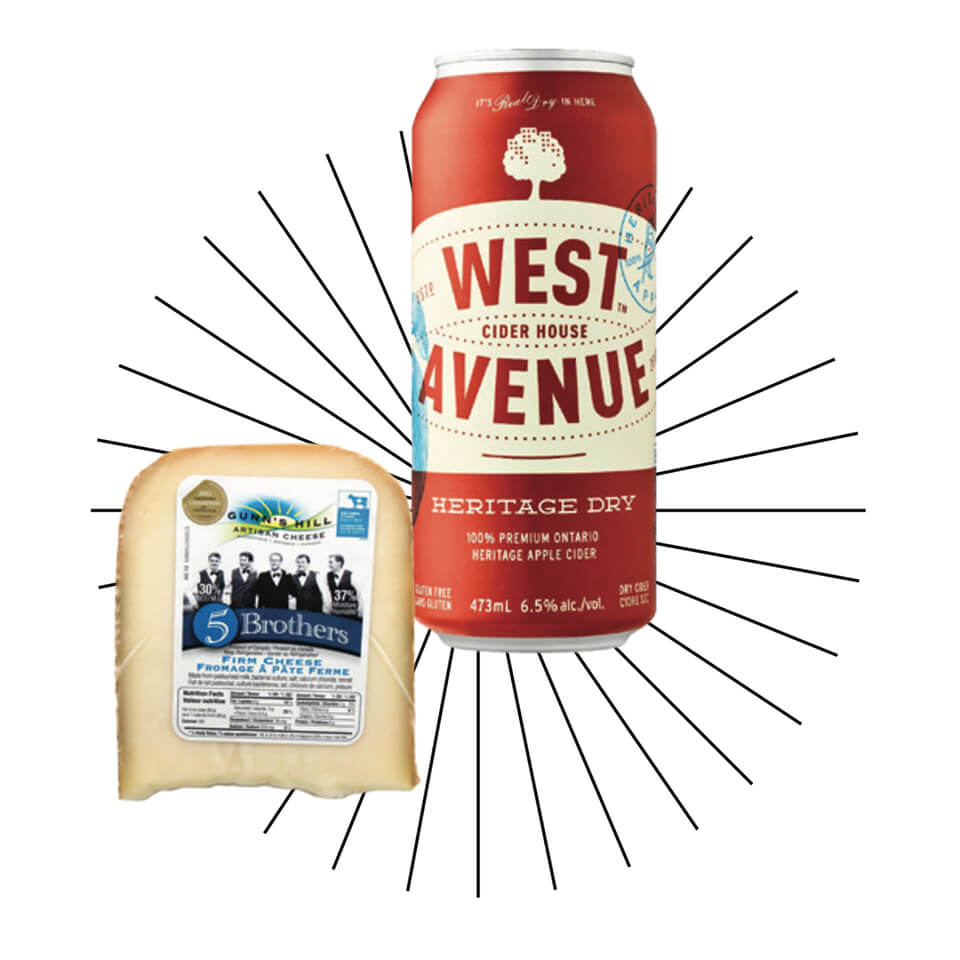
One of Pristine’s all-time-favourite cheeses for pairing with cider is 5 Brothers, from Gunn’s Hill Artisan Cheese in Woodstock, Ont. It combines elements of Gouda and Appenzeller, producing a robust Gruyère-like cheese. “It has an awesome texture and a beautiful nuttiness,” he says. “It complements cider beautifully.” If you can’t find 5 Brothers, look for a high-quality semi-firm Gruyère that’s been aged for around nine months.
For this pairing, Dubois recommends looking for a heritage cider (one made with cider-specific apples) that has bitter tannins and sharp acidity, like the Ontario-made Heritage Dry from West Avenue Cider House. “Those two elements, added to the plush notes of the apples themselves, make a perfect foil for the creamy and earthy notes of a young Gruyère,” she says.
4. Rich triple crème cheese pairs with sparkling, dry ciders
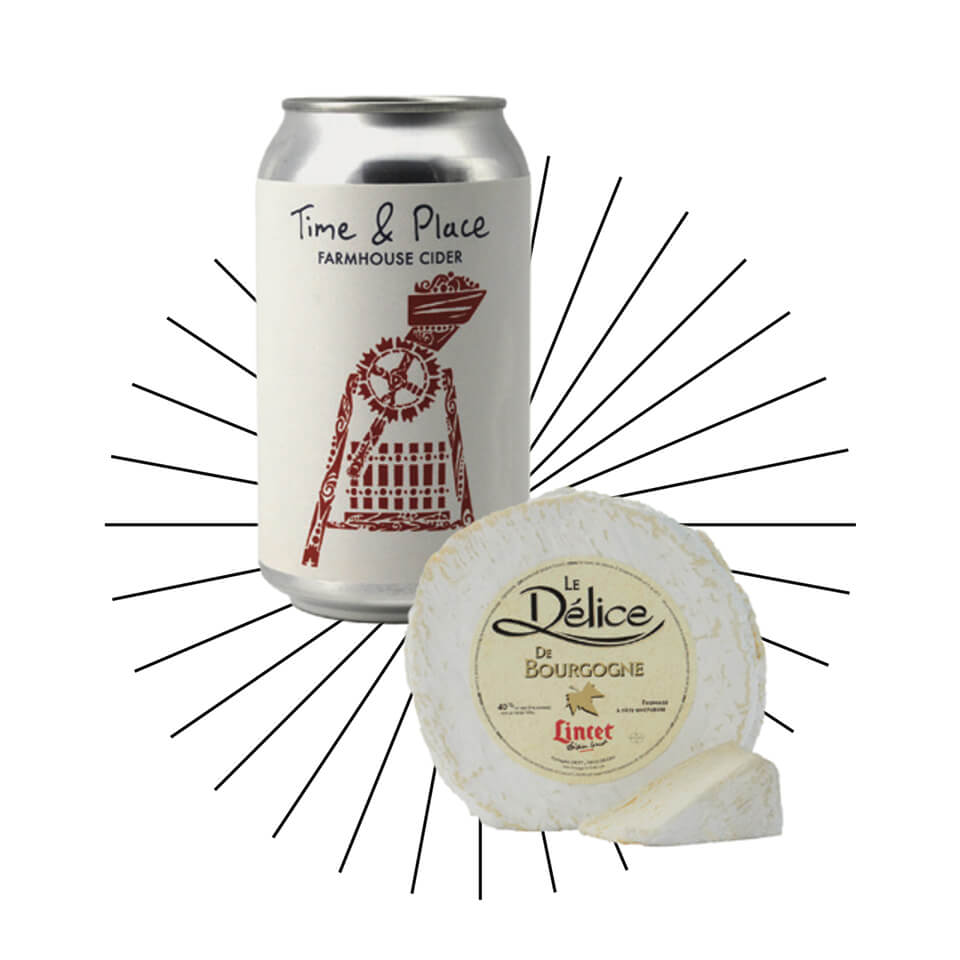
Bloomy rind cheeses make good cider pairings because they are fatty and earthy, the exact opposite of a crisp, carbonated cider. Pristine’s number-one choice for a cider accompaniment from this family of cheeses is “a full-fat, rich, buttery, nicely salted triple crème.” According to the cheesemonger, the popular French Délice de Bourgogne is a must-try. “It’s amazing with cider,” he says. “Super buttery.”
Go bold if you’re looking for a cider to pair with triple crème, says Dubois. “Choose a bright and sparkling dry cider with pronounced apple acidity to cut through the lush creaminess,” she says. Time and Place, a dry orchard-apple cider from Ontario’s Revel, is a tart blend of fruit and wild-yeast acidity that Dubois says will take triple crème to the next level.
5. German Cambozola cheese pairs with fruit-forward rosé ciders
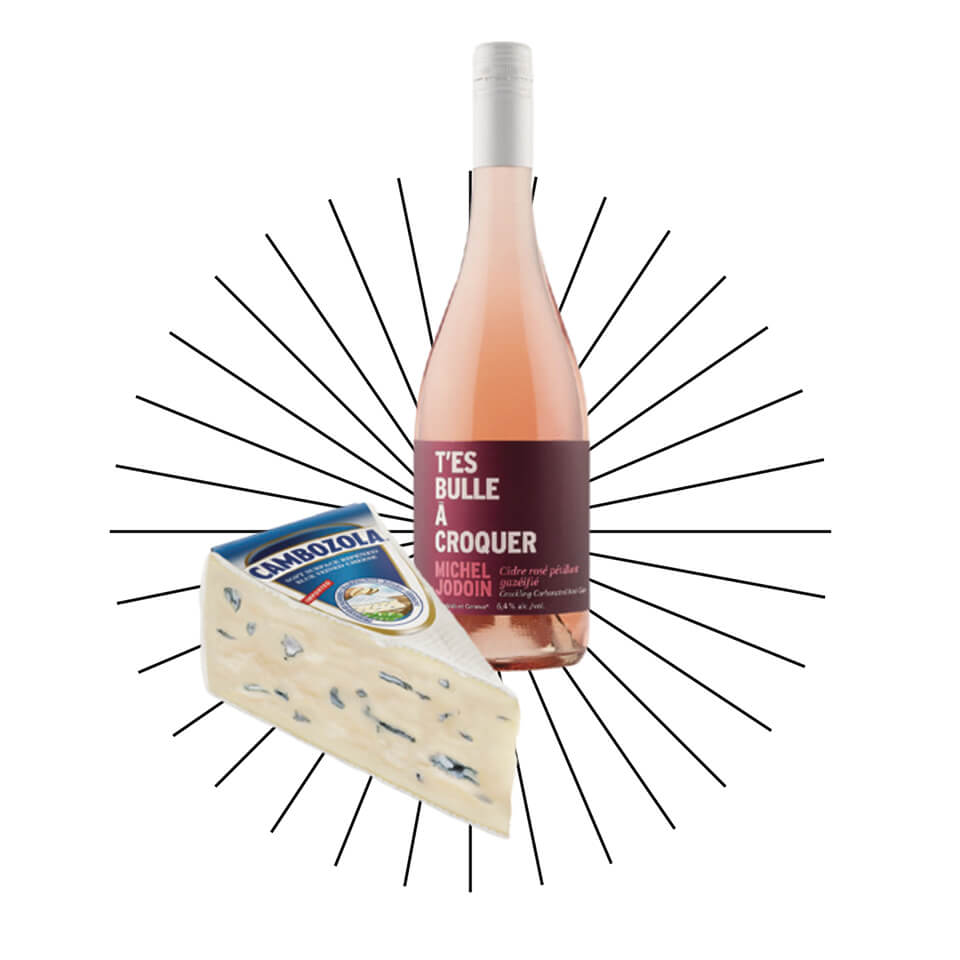
Blue cheeses have the creaminess and fat content to make a fantastic contrast with cider, but Pristine encourages staying on the milder end of the spectrum if you want to get the full effect. “A Roquefort or Stilton is way too intense,” he says. “You need something that’s creamier and not as bold.” His pick would be the German Cambozola, a brie-style blue with a mild funk.
Dubois says a rosé is the way to go with this pairing. Many cider makers – including Quebec’s Michel Jodoin, whose Rosé Pétillant is the expert’s first choice for this pairing – add red-fleshed berries to their rosé cider mid- or post-fermentation. “This lends the cider a more complex and fruit-forward aroma and flavour,” she explains, which is strong enough to shine through a blue cheese.

